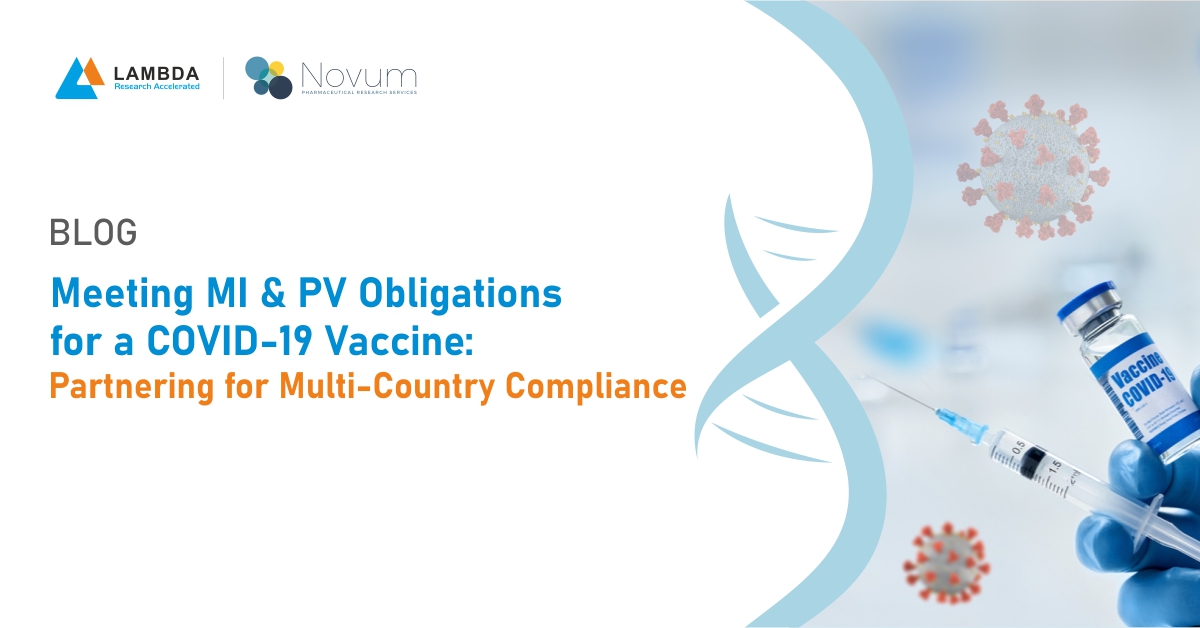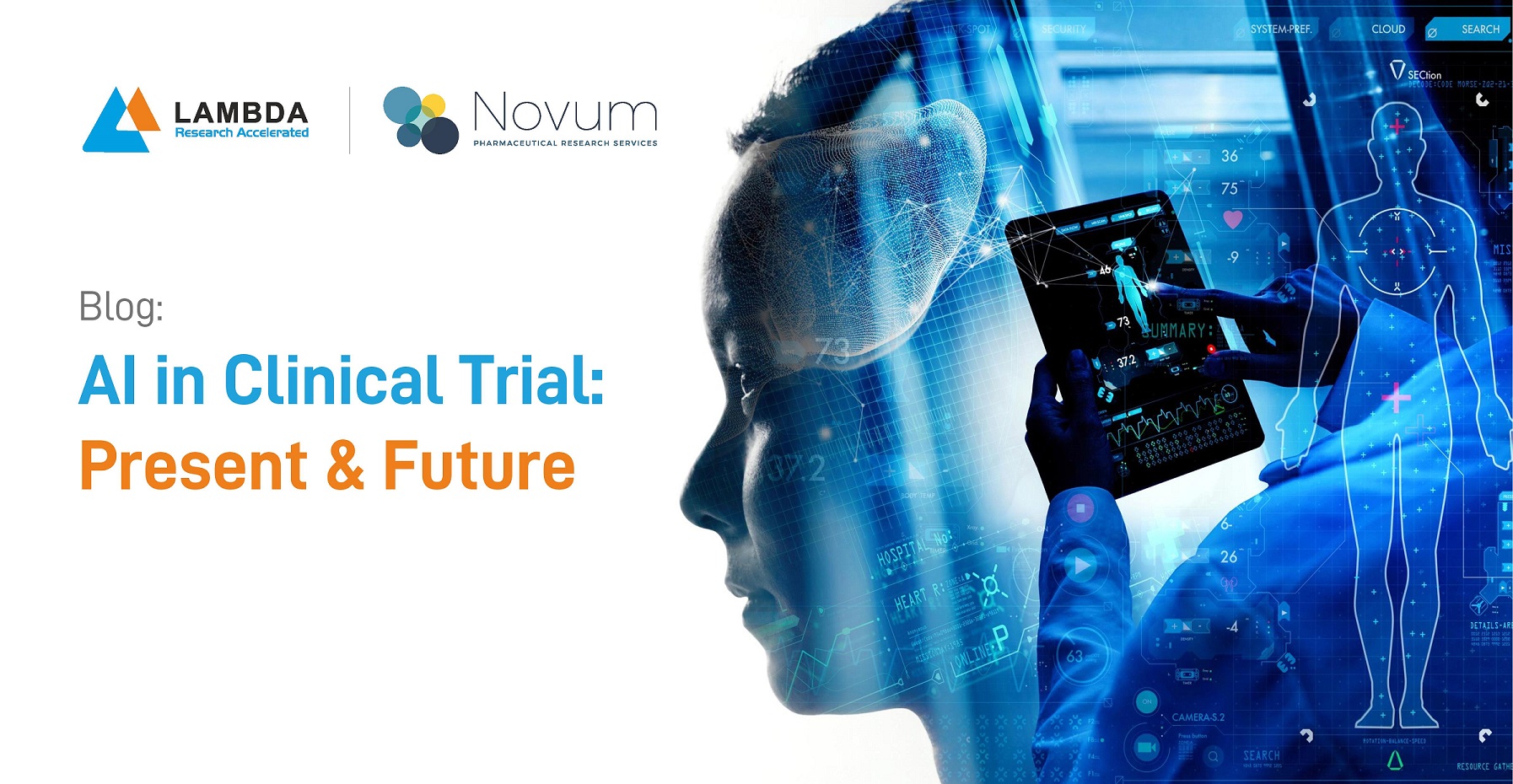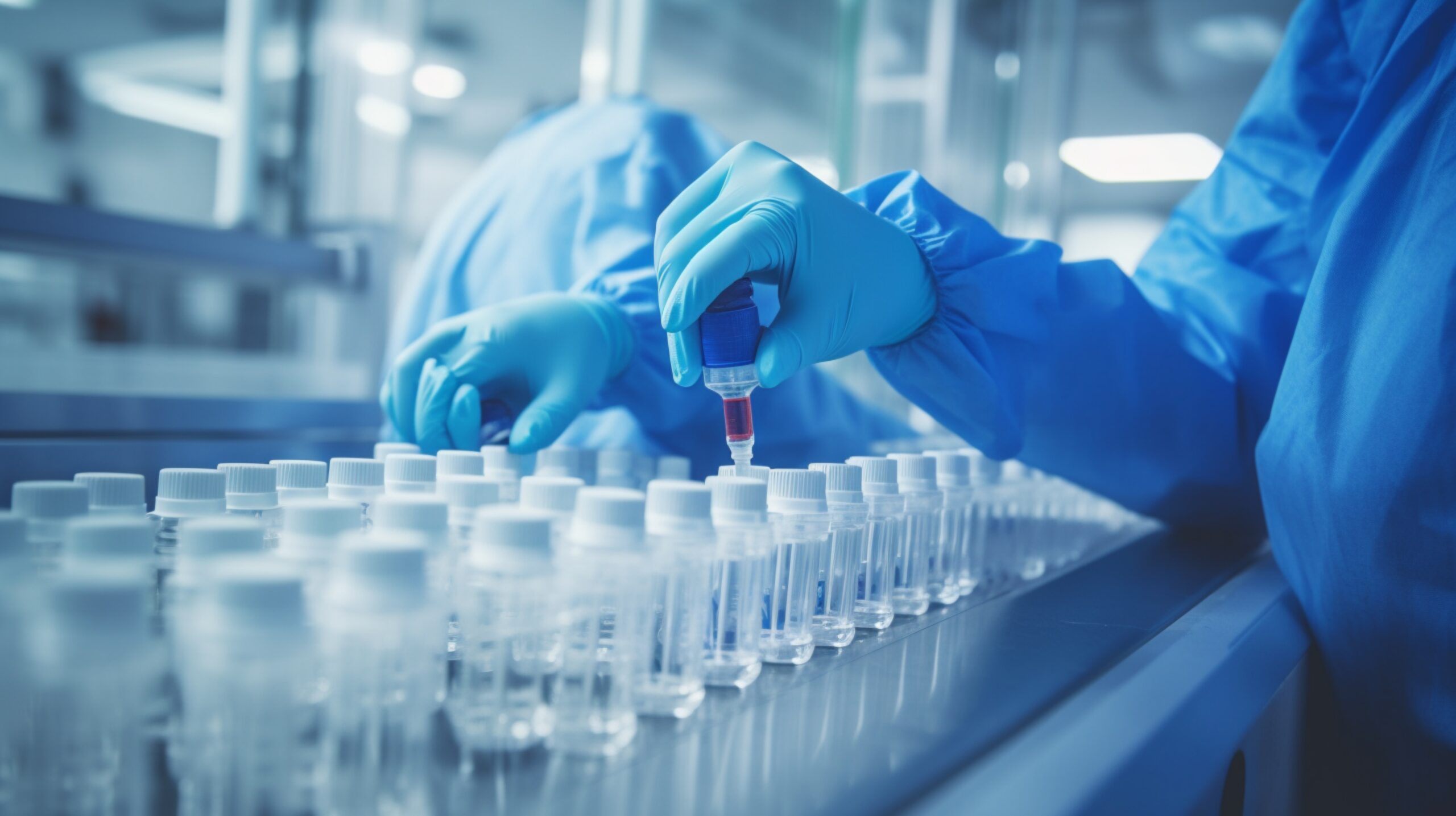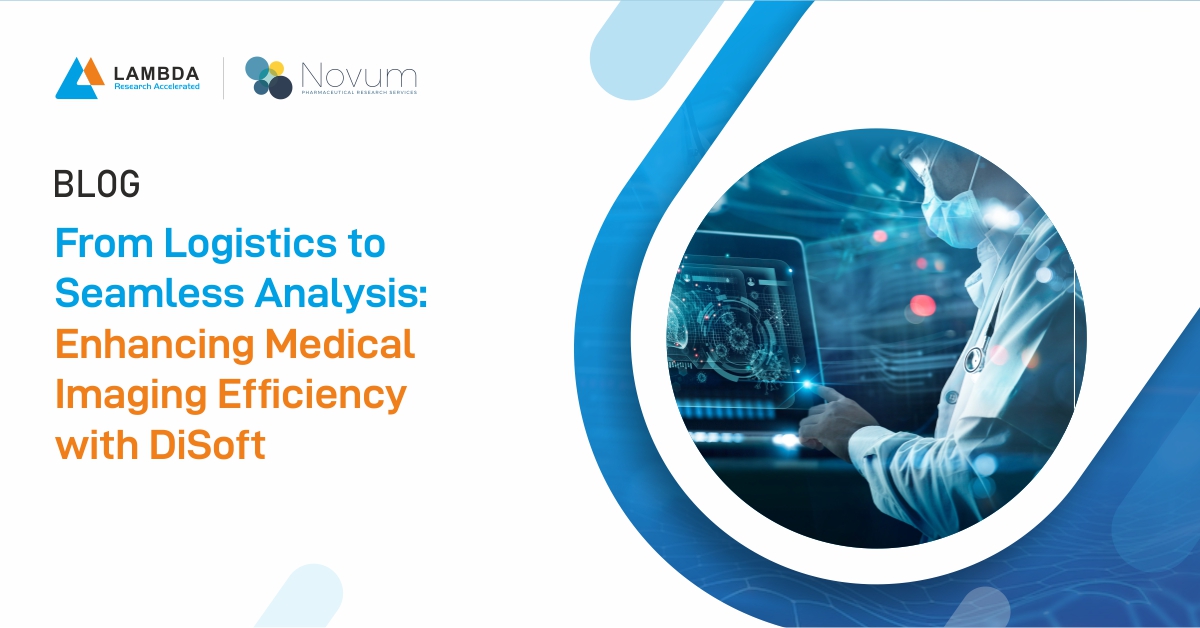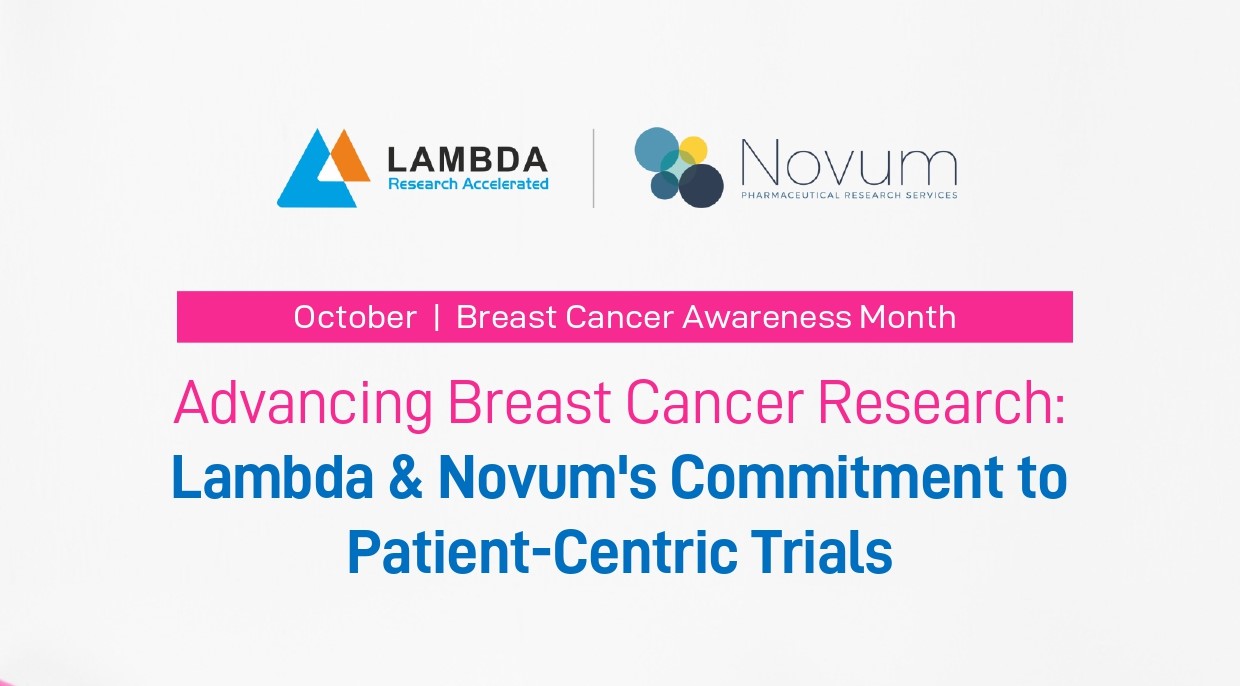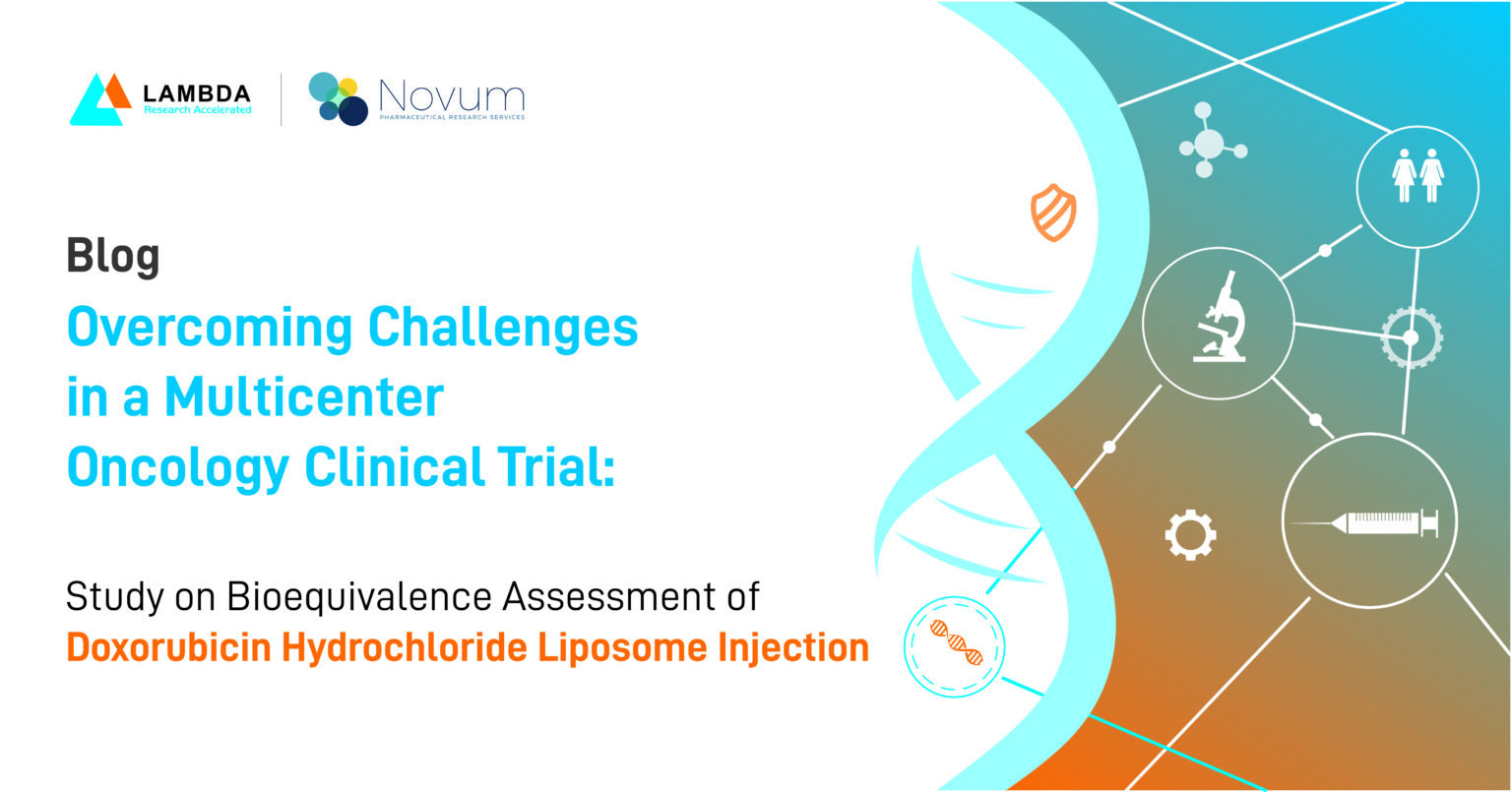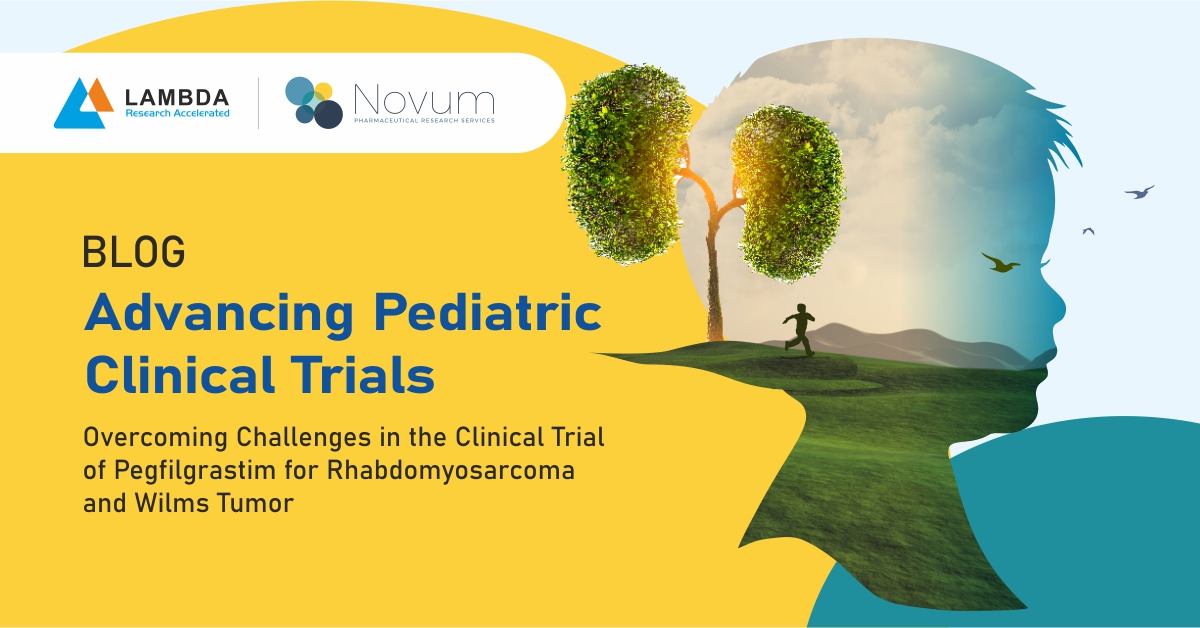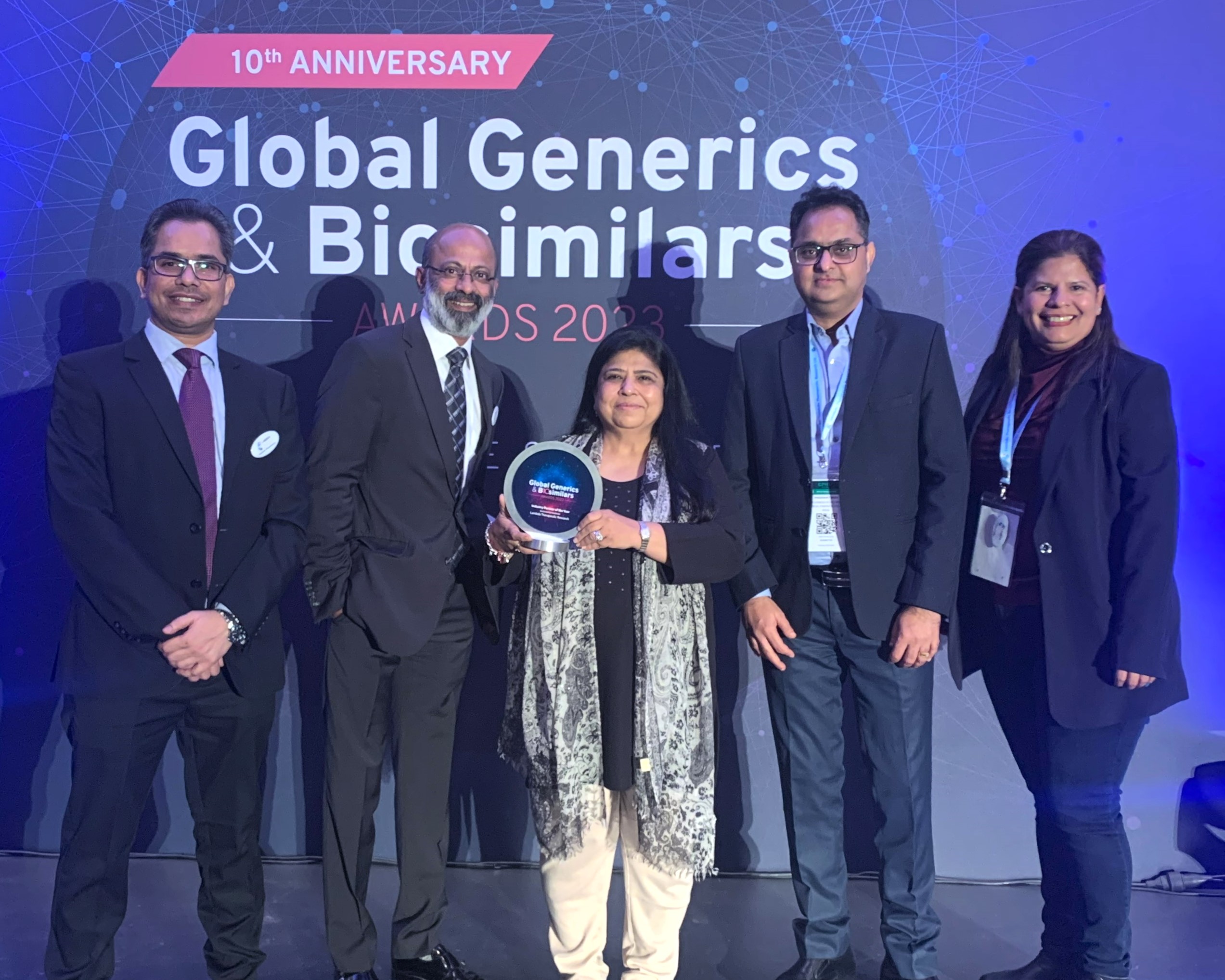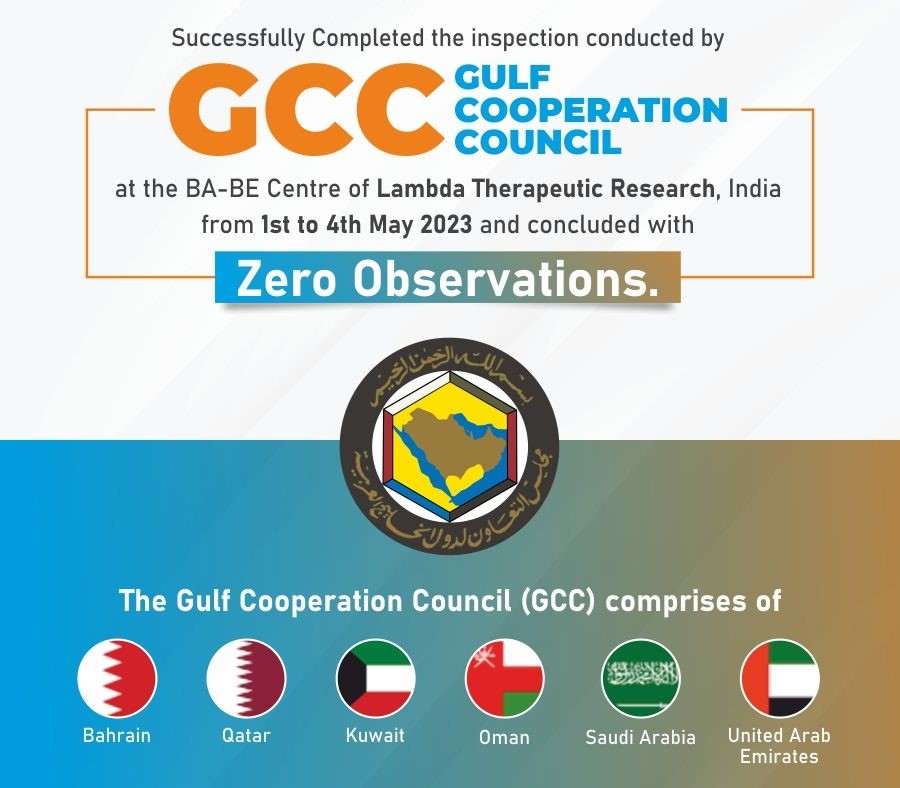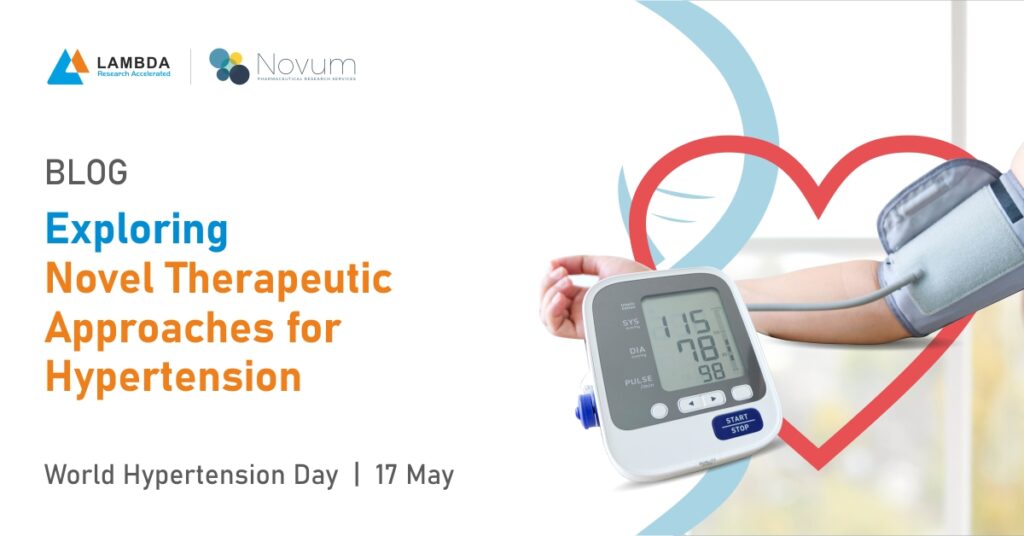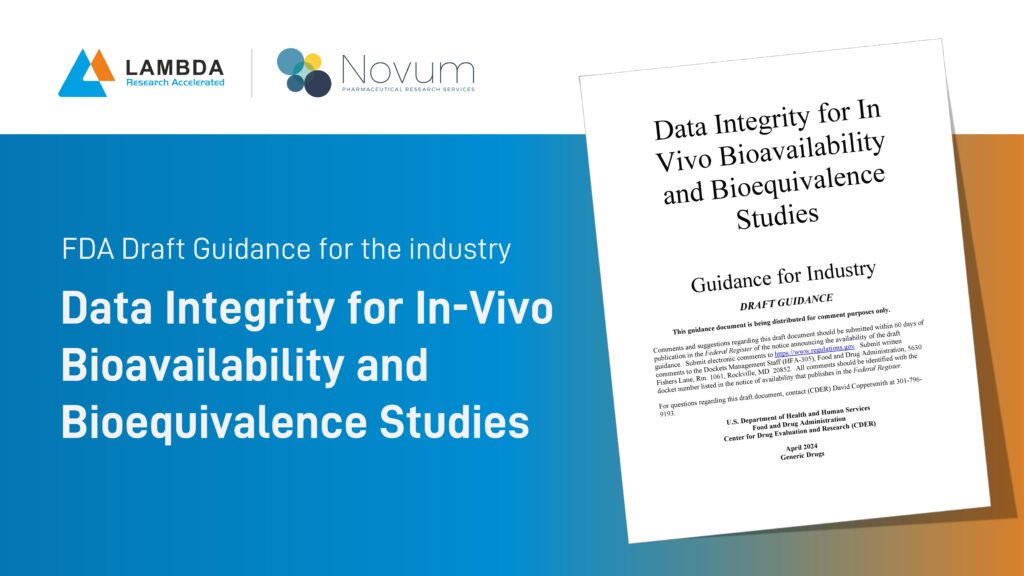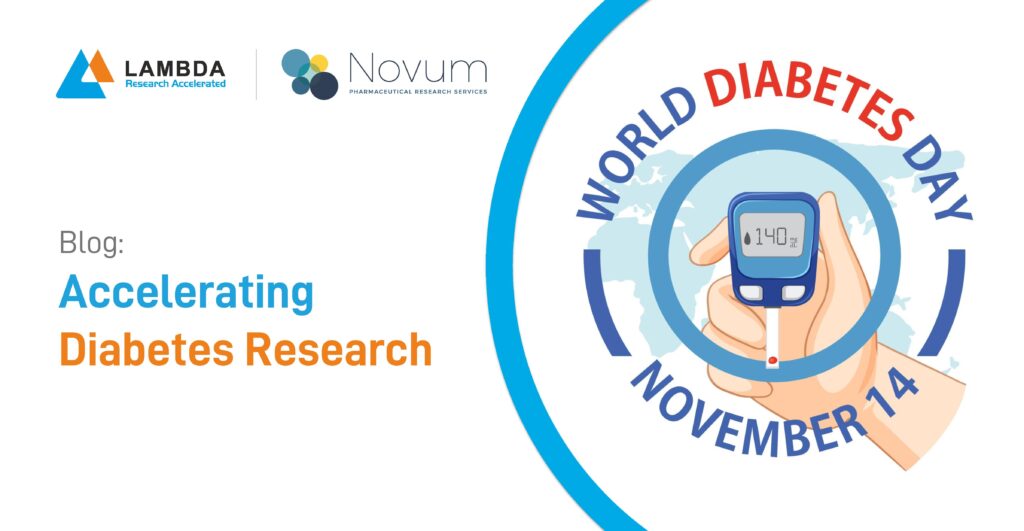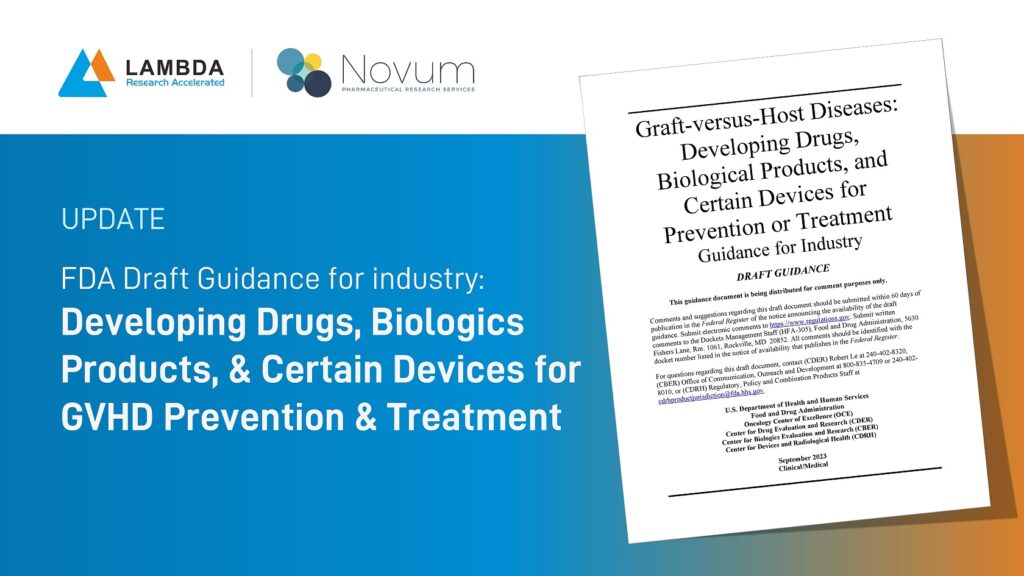16 May 2023
World Hypertension Day, observed on May 17th each year, aims to raise awareness about the curb the ‘silent killer’ – hypertension and its impact on cardiovascular health. Hypertension, also known as high blood pressure, is a significant risk factor for various cardiovascular diseases and premature deaths worldwide.
According to the World Health Organization, in 2015, raised BP was responsible for 7.5 million deaths, about 12.8 per cent of the total of all deaths globally. Hypertension (HTN: 140/90 mmHg or higher) is a growing problem in India and causes significant burden on the health system. According to data from the GBD study of 2016, hypertension led to 1.63 million deaths in India.
In this blog post, we will delve into the treatment of hypertension, including both non-pharmacological and pharmacological approaches. Additionally, we will explore novel therapeutic approaches being researched by experts in the field to provide innovative solutions for managing hypertension effectively.
Treatment of HTN:
Non-Pharmacological Management –
- Initiating DASH (Dietary Approaches to Stop Hypertension) diet or Mediterranean diet.
- Smoking Cessation.
- Limit the Alcohol Consumption.
- Limit sodium intake to no more than 2,400 mg per day (equivalent to around 5 gm/1 teaspoon of table salt per day).
- Moderate-to-vigorous activity 3-4 days a week averaging 40 min per session.
Pharmacological Management –
1. General population and diabetic patients:
- BP Goal for Age > 60 years – SBP < 150 mmHg and DBP < 90 mmHg
- BP Goal for Age < 60 years and Diabetic Patients of any age group – SBP < 140 mmHg and DBP < 90 mmHg
Non-Black population – Initiate thiazide diuretics or Angiotensin-Converting Enzyme Inhibitor (ACEI) or Angiotensin Receptor Blocker (ARB) or Calcium Channel Blocker (CCB) alone or in combination.
Black Population – Initiate thiazide diuretics or CCB, alone or in combination
2. CHRONIC KIDNEY DISEASE (CKD) WITH OR WITHOUT DIABETES:
- BP Goal for all age groups – SBP < 140 mmHg and DBP < 90 mmHg.
All races- Initiate ACEI or ARBs, alone or in combination with other drug class.
Other Compelling Indications
| HEART FAILURE | ACEI/ARB + Beta Blocker+ Loop Diuretic + Spironolactone |
|---|---|
| POST MI/ CLINICAL CAD | ACEI/ARB and Beta Blocker |
| CAD | ACEI, Beta Blocker, Diuretic, CCB |
| RECURRENT STROKE PREVENTION | ACEI, Diuretic |
| PREGNANCY | Labetalol, Nifedipine, Methyldopa |
| ASTHMA, COPD | Beta-1 Selective Beta Blockers |
Novel Therapeutic Approaches Targeting RAAS in Hypertension Treatment:


| ANGIOTENSIN II RECEPTOR (AT2R) | Four AT2 receptor agonists are under preclinical investigation:One is a nonpeptide agonist compound 21 (C21) : Treatment with C21 for 7 days resulted in a significant improvement in heart function. The protective effect of C21 on renal damage was observed in spontaneously hypertensive rats (SHRs)Three are peptidergic agonists: β-Tyr4-Ang II, β-Ile5-Ang II, and LP2-3. |
| THE ACE2/Ang(1-7)/MasR PROTECTIVE AXIS | Two molecules are in the preclinical investigation:The peptide Ang (1-7) acts through the proto-oncogene MasR, a G protein-coupled receptor. The ACE2/Ang(1-7)/ MasR axis demonstrates protective action, as it minimizes the harmful actions of the classic ACE/Ang II/AT1R axis.The ACE2 activator diminazene aceturate (DIZE) suppresses hemodynamic and morphological alterations in a myocardial infarction rat model. It also had a protective effect on cardiac and histopathological manifestations in rats and is beneficial in arrhythmias, such as electrophysiological dysfunction.Two molecules are under clinical investigation:Recombinant human ACE2 (rhACE2) – in a diabetic mouse model, rhACE2 showed promising results in reducing the progression of diabetic nephropathy. It also lowered high BP and reduced the progression of cardiac fibrosis in hypertensive animal models.GSK 2586881 – Pulmonary arterial hypertension is being tested. |
| NATRIURETIC PEPTIDE AND NEPRILYSIN | pGC-A activator/designed natriuretic peptide (NP)CRRL269 – demonstrated vasorelaxation and antihypertensive effects on the renal and cardiac system model of ischemia-induced acute kidney injury in canines.ZD100 . It demonstrated to be highly efficacious and safe in reducing BP with a single subcutaneous administration in a human study with significant renal protective function and reduced aldosterone levels.ANX042 – was proven to be safe in healthy volunteers, and it was shown to activate the secondary messenger cGMP.Vasopeptidase Inhibitors (VPi) ( are ACEi-NEPi combination)Omapatrilat is the most studied VPi, but it has failed in clinical trials due to the side effects of angioedema.Ilepatril (AVE 7688) VPi has entered a phase 3 clinical trial.Angiotensin Receptor Neprilysin inhibitor (ARNi) classLCZ696 (Sacubitril/Valsartan) is the prototype of the ARNi class. This drug was proven to be devoid of any severe side effects of angioedema, as it halts the metabolism of bradykinin. It was found to be superior to the ARB enalapril in cardio protection. The ARNi improved outcomes in cardiac dysfunction and suppressed cardiac hypertrophy, fibrosis and vasculopathy. In 2015 was approved by the USFDA for the treatment of cardiovascular disorders. |
| STIMULATION OF SOLUBLE GUANYLYL CYCLASE (sGC) | Riociguat – was the first sGC stimulator to be introduced. It is used in the treatment of different forms of pulmonary hypertensive conditions.Heme-free BAY 58-2667 – In experimental chronic heart failure conditions, has effective systemic and renal vasorelaxant actions. It also significantly improves cardiac output, glomerular filtration rate (GFR), natriuresis and diuresis in chronic heart.Other promising sGC stimulators such as vericiguat (BAY 60-4552), BAY 41-8543, BI 703704, Cinaciguat, GSK2181236A, and Ataciguat have also shown prominent protective action in severe pathological conditions. In addition, sGC stimulators have promising antifibrotic, antihypertrophic and anti-inflammatory effects. |
| AMINOPEPTIDASE (APA) INHIBITOR | Firibastat is a selective APA. When orally administered firibastat prodrug crosses the gastrointestinal and blood-brain barriers and enters the brain, it produces two molecules that inhibit brain APA activity, block brain Ang III formation, and control BP. In addition, it reduced BP in preclinical models of hypertension. This drug was useful in the downregulation of plasma AVP, increases diuresis and natriuresis, and thus promotes a decline in blood volume.NI956/ QGC006 is a new centrally acting APA inhibitor that is more effective than Firibastat in lowering BP. Extensive preclinical and clinical trials show the efficacy and safety of APA inhibitors, resulting in a sustained decrease in BP via downregulation of systemic AVP release and sympathetic activity and improvement in the baroreflex function of hypertensive animal.PC-18 significantly inhibited the natriuretic response in AT1 receptor-blocked rats. Renal interstitial infusion of PC-18 also ameliorated defective AT2 receptor-mediated natriuresis and hypertension in young SHRs |
| INSULIN-RESISTANT AMINOPEPTIDASE (IRAP) | HFI-419 provides a new treatment for well-known cardiac diseases, leading to improved target organ function. HFI-419 offers improved antifibrotic efficacy and renoprotection compared to candesartan cilexetil (CAND). HFI-419 also proved safer and showed better antifibrotic efficacy than the ACE inhibitor perindopril (PERIN) in murine high salt-induced kidney damage. |
SOURCES
